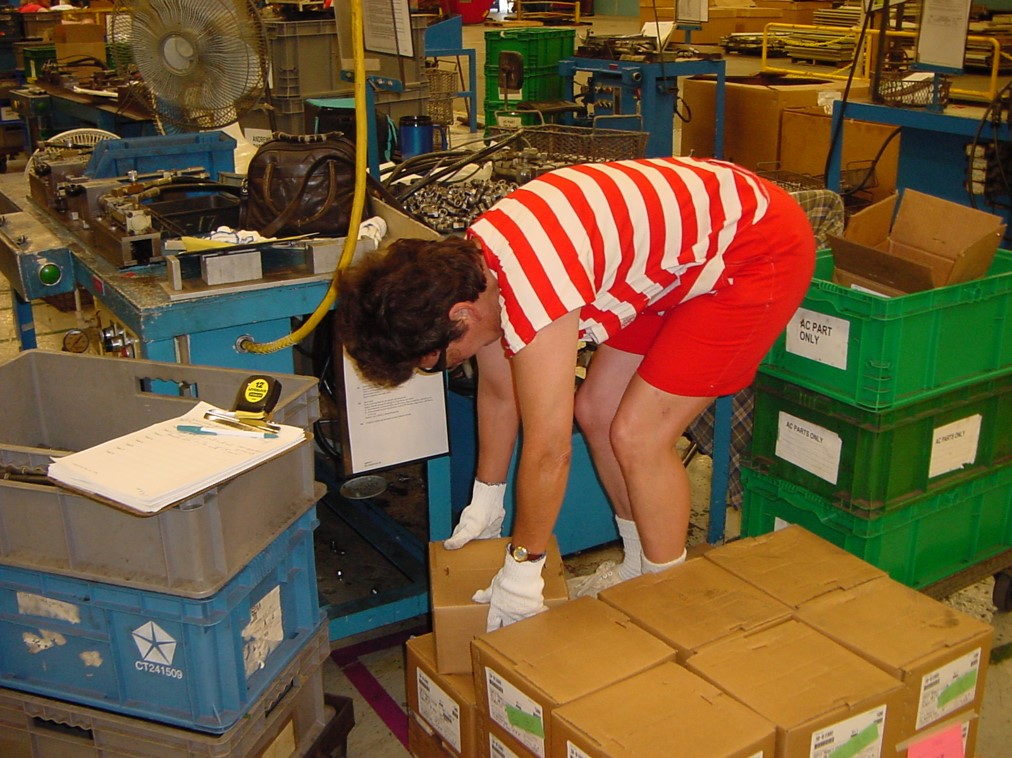Pop quiz: What do you see in the pictures below?
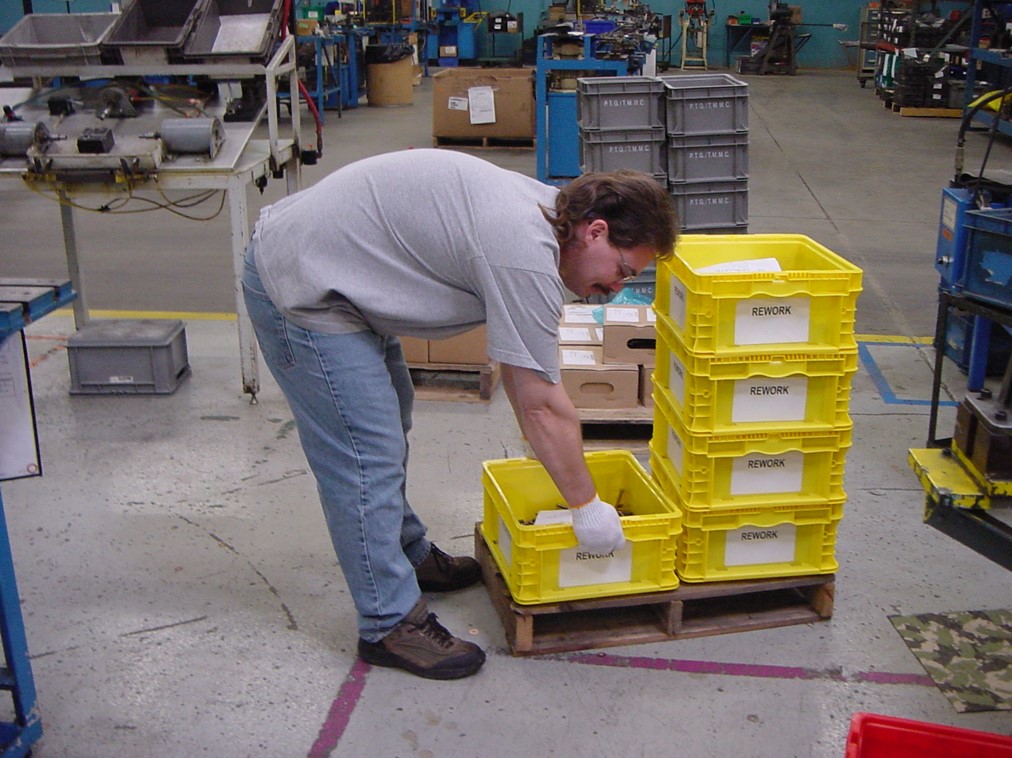

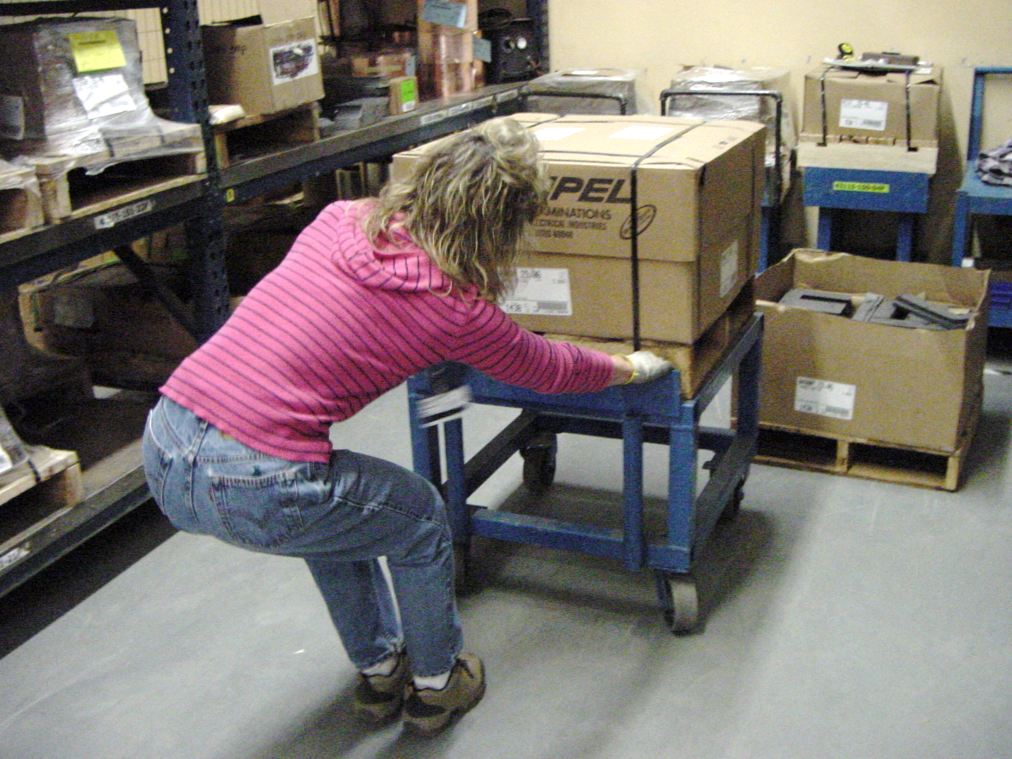
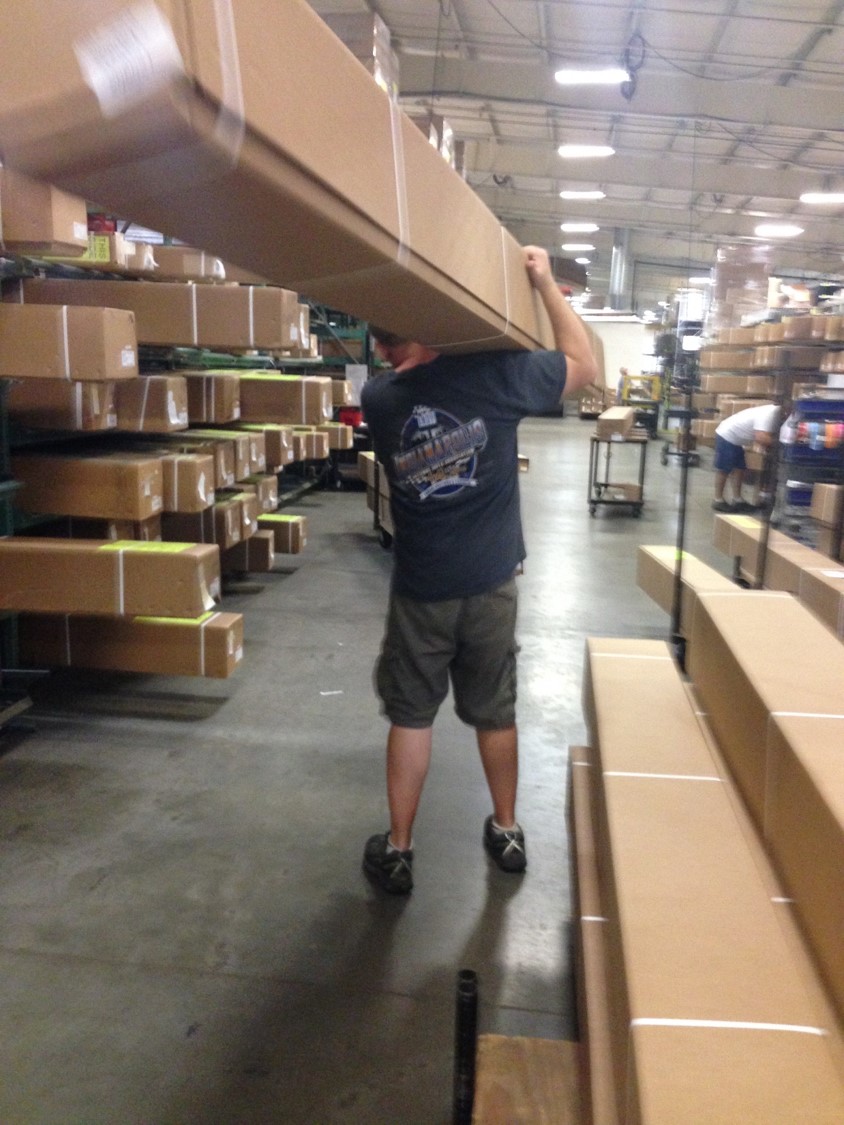
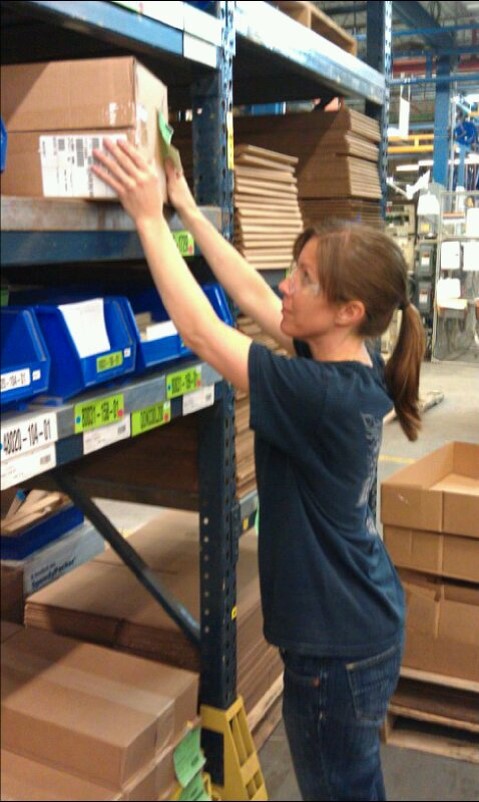
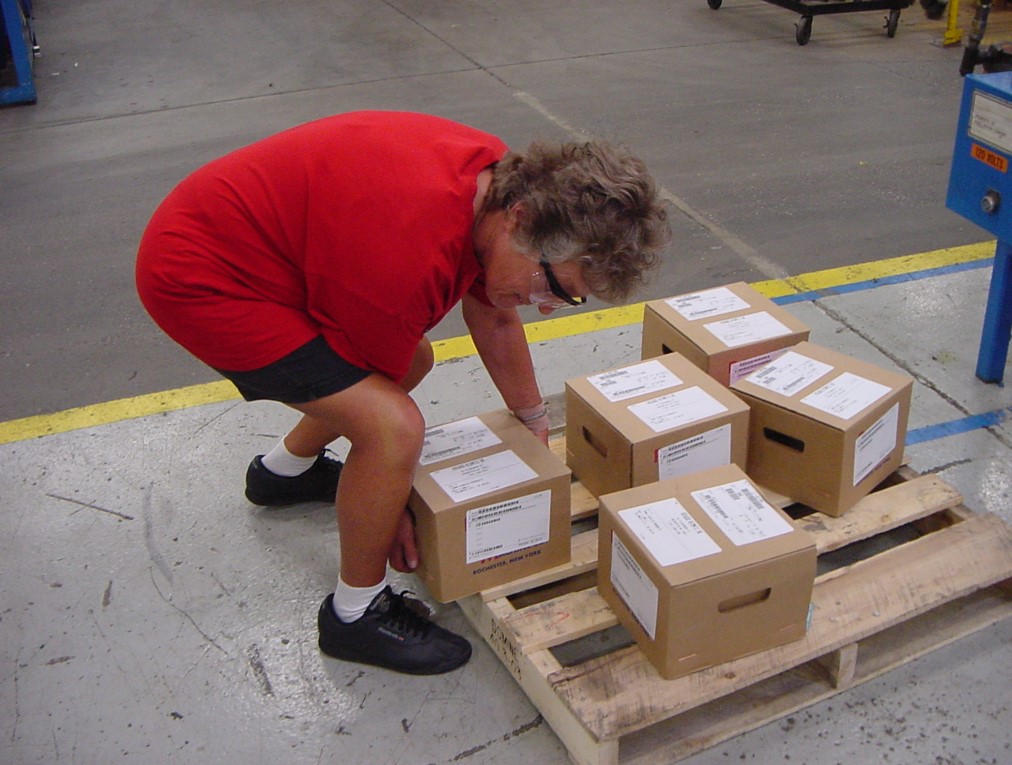

The answer? Risk.
If you’re seeing the manual material handling environments pictured above with your “ergo eyes“, I’m sure you see it. MSD risk factors in manual material handling are a common sight, unfortunately, and the environments pictured above are a prime example.
The goal of this article is to help you recognize the risk factors in your workplace, but first …
Three Reasons Why Improving Your Workplace Matters
#1: Take care of your people.
Making workplace improvements with a proactive ergonomics process makes life easier for your people. That alone makes the effort worth it.
#2: Take care of your business.
You should always take care of your people because they’re the ones taking care of your business. Reducing injury risk through proactive ergonomics and proactive healthcare has been proven time and time again to have a positive impact on the key metrics of your business: safety, productivity, and overall profitability.
#3: Seize the opportunity.
Implementing a process with proactive ergonomics and proactive healthcare is a huge opportunity for safety leaders. MSDs are preventable injuries, yet they are common and costly in manual material handling environments today. That can change — seize this opportunity to make an impact on your organization and your career.
What is a Musculoskeletal Disorder (MSD)?
Musculoskeletal Disorders or MSDs are injuries and disorders that affect the human body’s movement or musculoskeletal system (i.e. muscles, tendons, ligaments, nerves, discs, blood vessels, etc.).
Common MSDs include:
- Carpal Tunnel Syndrome
- Tendonitis
- Muscle / Tendon strain
- Ligament Sprain
- Tension Neck Syndrome
- Thoracic Outlet Compression
- Rotator Cuff Tendonitis
- Epicondylitis
- Radial Tunnel Syndrome
- Digital Neuritis
- Trigger Finger / Thumb
- DeQuervain’s Syndrome
- Mechanical Back Syndrome
- Degenerative Disc Disease
- Ruptured / Herniated Disc,
- and many more.
Manual material handling tasks can be stressful on the bodies of workplace athletes. The physical nature of the work fatigues the musculoskeletal system — when fatigue outruns recovery it creates a muscle imbalance that can eventually lead to a musculoskeletal disorder.
The reason we provide the definition of an MSD before we talk about MSD risk factors is because people often misinterpret what an MSD is. MSDs are often referred to as “repetitive motion injuries”, “ergonomic injuries”, and many other similar names.
That is the wrong language to describe them and will inhibit your ability to create a prevention strategy with a chance of success.
A “musculoskeletal disorder” is not a “repetitive motion injury” or an “ergonomic injury” or any other term.
There is no “repetitive motion” part of the human body. There is no “ergonomics” in the human body. A musculoskeletal disorder is a musculoskeletal disorder. It’s an injury/disorder to the human body’s musculoskeletal system.
Using “repetitive motion” or “ergonomic” or any other term besides musculoskeletal disorder to describe these injuries is an attempt to designate a singular cause to the injury. This will always hinder your MSD prevention efforts because there is no singular cause of MSDs.

Ergonomic Risk Factors in Manual Material Handling
A reactive ergonomics process allows ergonomic risk factors to exist in your workplace.
Ergonomic risk factors are risk factors related to work activity that can make it more difficult to maintain a healthy balance of the musculoskeletal system, and increase the probability that some individuals may develop an MSD.
1.High Task Repetition
Many work tasks and cycles are repetitive in nature, and are frequently controlled by hourly or daily production targets and work processes. High task repetition, when combined with other risks factors such high force and/or awkward postures, can contribute to the formation of MSD. A job is considered highly repetitive if the cycle time is 30 seconds or less.
Material handling tasks with high repetition increases the risk of injury.
2. Forceful Exertions
Many work tasks require high force loads on the human body. Muscle effort increases in response to high force requirements, increasing associated fatigue which can lead to MSD.
Material handling tasks with high exertion levels increases the risk of injury.
3. Repetitive/Sustained Awkward Postures
Awkward postures place excessive force on joints and overload the muscles and tendons around the effected joint. Joints of the body are most efficient when they operate closest to the mid-range motion of the joint. Risk of MSD is increased when joints are worked outside of this mid-range repetitively or for sustained periods of time without adequate recovery time.
Material handling tasks with repetitive/sustained awkward postures increases the risk of injury.
Workplace Athlete Risk Factors in Manual Material Handling
A reactive healthcare philosophy allows workplace athletes to be exposed to individual risk factors and only provides help after an injury occurs.
The primary individual risk factors are:
1. Poor work practices
Workplace athletes who use poor work practices, body mechanics and lifting techniques are introducing unnecessary risk factors that can contribute to MSDs. These poor practices create unnecessary stress on their bodies that increases fatigue and decreases their body’s ability to properly recover.
A few good examples of this are in the pictures above. Note the poor lifting technique — looks painful!
2. Poor self-care habits
MSDs develop when fatigue outruns the workplace athlete’s recovery system, causing a musculoskeletal imbalance. Workers who do not properly warm-up for work or get adequate rest and recovery after work put themselves at a higher risk of developing an MSD.
Workplace athletes in manual material handling environments especially need to take heed of this one. They’re extremely active at work and need to pay special attention to their musculoskeletal health and wellness.
3. Poor health habits
Workers who smoke, drink excessively, are obese, or exhibit numerous other poor health habits are putting themselves at risk for not only musculoskeletal disorders, but also for other chronic diseases that will shorten their life and health span.
The True Cause of MSDs
So now you know MSDs are caused by ergonomic risk factors and workplace athlete risk factors.
It’s common sense, really. Your body is in a constant state of fatigue vs. recovery. Work, rest. Work, rest. When fatigue outruns recovery over time, the imbalance eventually leads to an MSD.
Simple.
But you know what the true cause of MSDs is?
It’s a reactive approach.
It’s letting the risk factors remain in your workplace.
If you continue to have MSDs at your facility, the true root cause is in your approach to the problem.
Stay tuned …
Next week we’ll be back with an article on how to put your prevention strategy in place. Here’s a hint: we’re going to get proactive.

